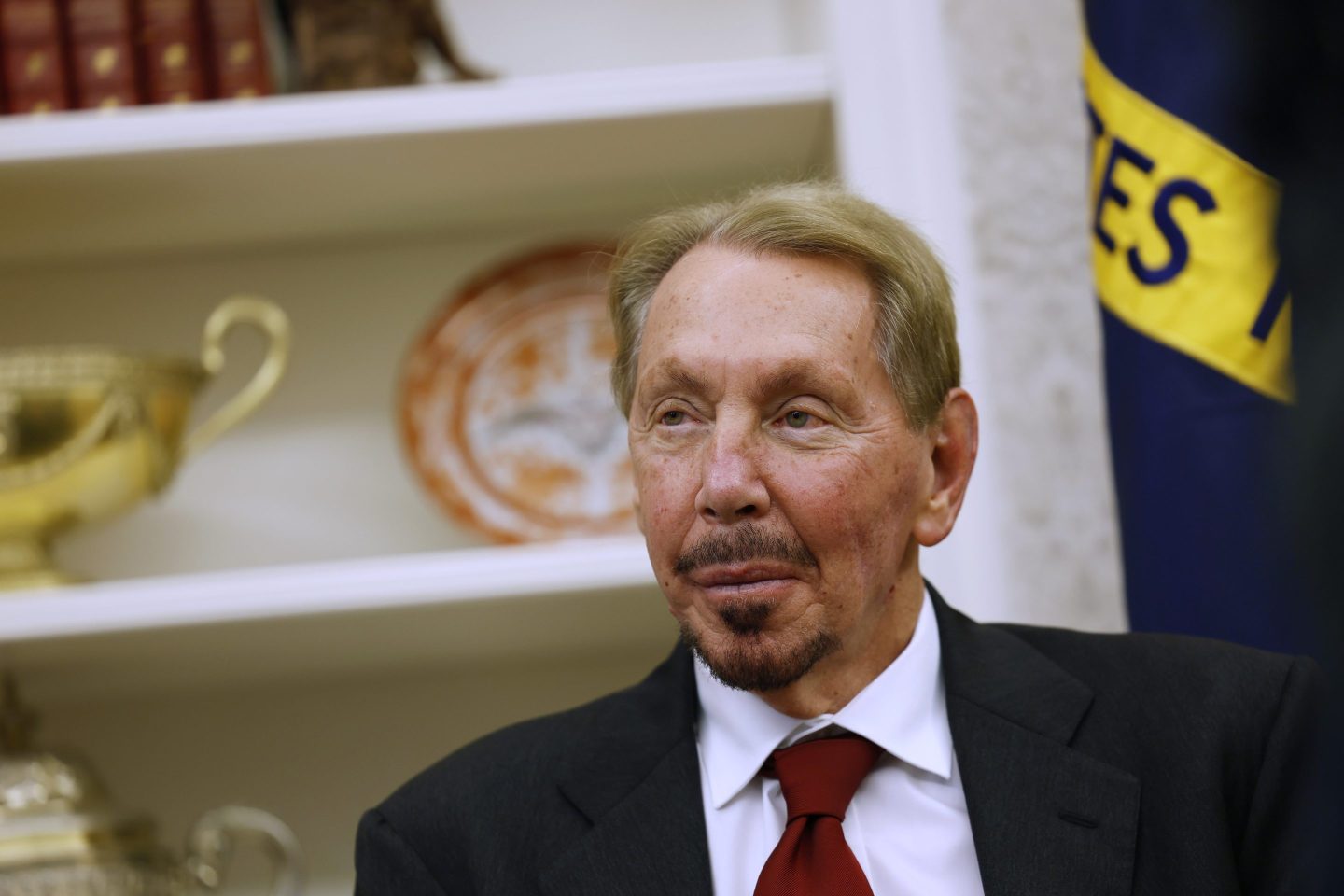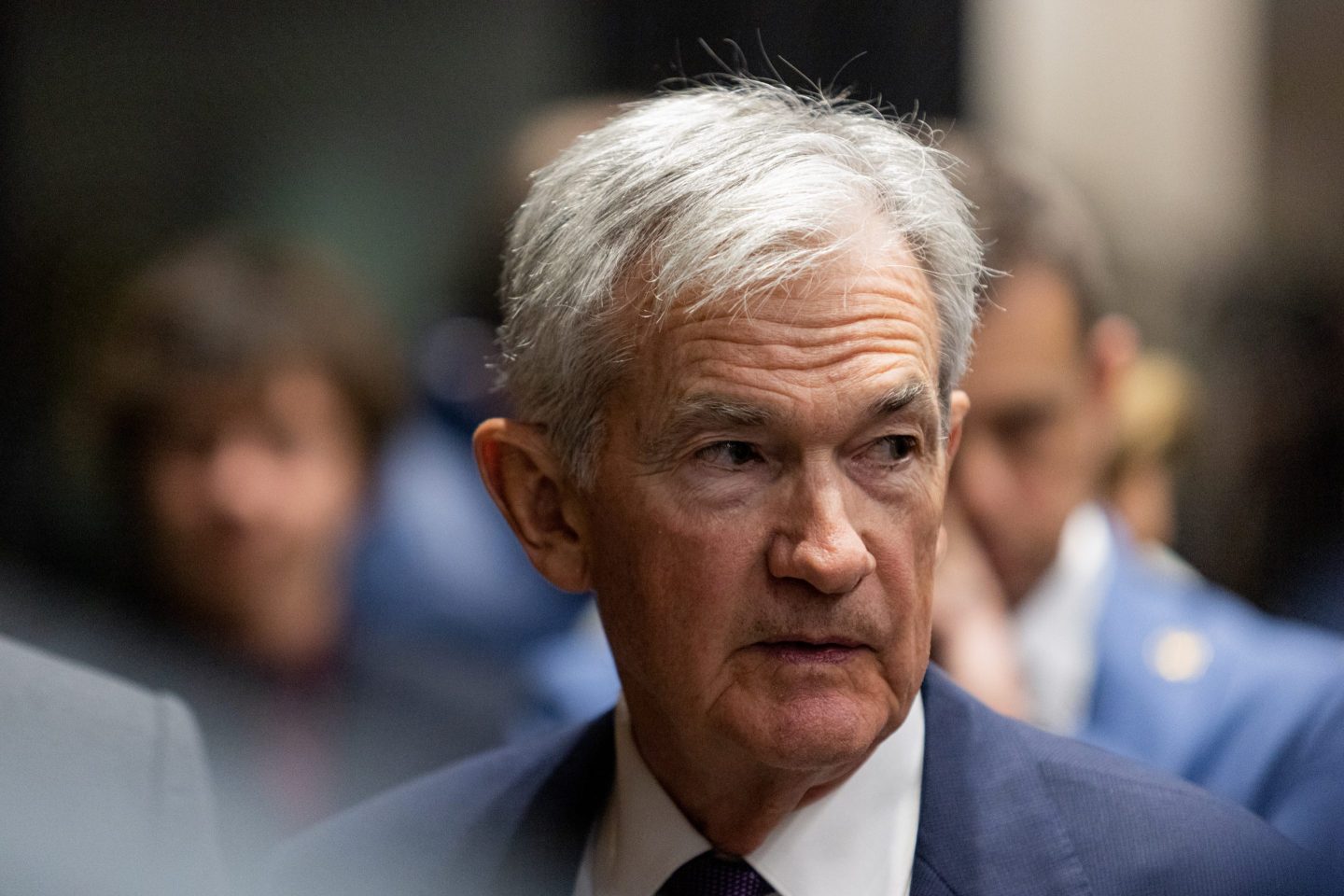Stock markets crashed globally yesterday and this morning, even though Nvidia, the world’s most valuable company, delivered blowout, above-expectations earnings. The company’s shares declined 3.15% yesterday. And the bloodletting continued for the red-hot semiconductor maker today: Nvidia was down another 3% by midmorning’s trading.
Still, the S&P 500 as a whole was flat by lunchtime, seemingly holding its own despite the storm in tech stocks. The Dow Jones industrial average was up.
Why?
It’s not just about a lot of negative headlines about AI.
The context here is that Nvidia stock is up more than 31% year to date—nearly three times the gain of the S&P as a whole. So a lot of this selling looks like people who are quite rationally deciding to cash in some of those gains while they can.
That perfectly understandable decision has a disproportionate impact: Because Nvidia and a handful of other tech stocks represent 40% of the valuation of the entire market, and 75% of its gains over the past three years, when Nvidia moves everyone else gets moved as well. Thus, it’s likely some traders see selling in Nvidia as a signal to sell the S&P 500 as a whole.
In the longer run, Wall Street remains pretty bullish about tech stocks. J.P. Morgan and Wedbush both published notes this morning arguing that AI is still in its early days, and that capital expenditure on AI—much of which ends up being spent on Nvidia products—has years to run.
The Fed factor
However, there is a second dynamic at work that helps explain why Nvidia is getting pummeled while the rest of the market is back on its feet.
Until recently, CME’s FedWatch index—which measures bets on what investors think the Federal Reserve will do at its next interest-rate setting meeting—was roughly evenly split over the idea that Chair Jerome Powell might keep rates on hold in December. That would have been negative for stocks, because traders prefer lower interest rates and the new waves of cheap money they deliver.
Today, the prospect of a rate cut went up to 73%—meaning investors suddenly seem to think the Fed is becoming more likely to cut.
We cannot say for sure, but one plausible reason for that change is that yesterday the U.S. government officially reported that its unemployment rate rose to 4.4% from 4.3% in September. That doesn’t sound like a big deal. But Fed governors and presidents have been vocally worrying about the labor market for months, and they only have one tool to help it: interest rate cuts.
Pantheon Macroeconomics analysts Samuel Tombs and Oliver Allen put it this way: “We retain our forecast for the FOMC to ease policy again in December after yesterday’s labor market report, given clear signs that September’s 119K increase in payrolls overstates the trend, and the further rise in the unemployment rate.
“The rise in the unemployment rate to 4.4% in September, from 4.3% in August, was more significant. The rounded 0.1pp rise fell short of the threshold for statistical significance, but the 0.3pp climb over the previous three months clears that hurdle. What’s more, the unrounded unemployment rate, 4.44%, was a whisker away from 4.5%,” Tombs and Allen said in a note to clients.
If they are right, it explains why Nvidia is suffering so much today while the Dow Jones and the S&P are more solid. Nvidia investors sold upon hearing good news, while everyone else is buying into a Fed rate-cut scenario.












